Hecho en Colombia: factory tours of Colombia's hottest cycling brands
Inside the craft of Scarab Cycles' made-to-measure steel steeds and Safetti's handsewn cycling apparel
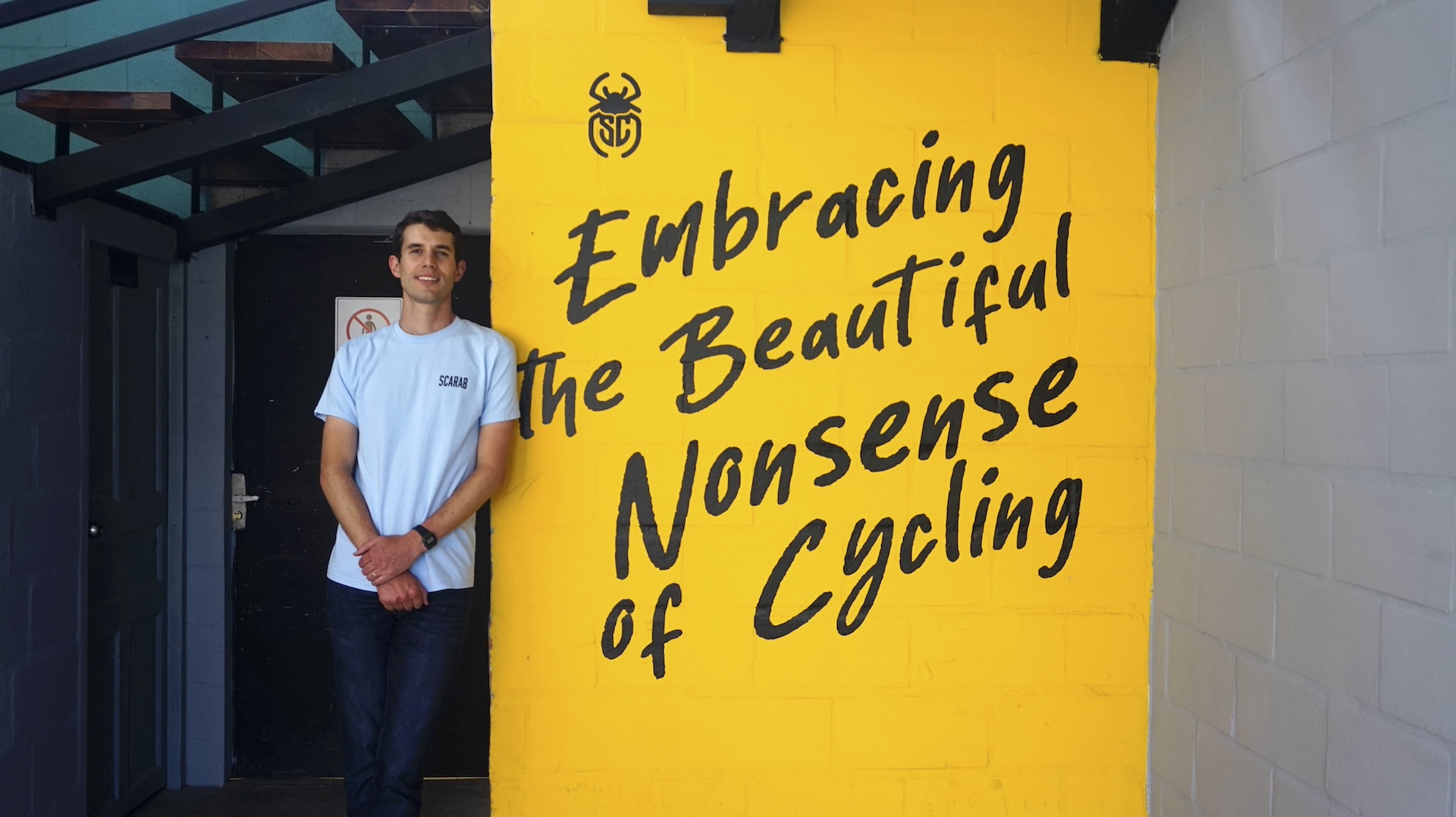

In the depiction of cycling-crazed nations—France, Belgium, The Netherlands, Denmark and Japan—Colombia stands thousands of miles apart. In a land steeped in mountainous, coffee-rich terrain, cycling is more than an athletic pursuit; it's an embodiment of the country’s grit, heritage and pride.
With its rugged terrain, snow-capped volcanoes, terraced hillsides and high-altitude cities, cycling here isn’t for the easily discouraged. The climbs are monsters, the air is thin and the cyclists this topography produces are powerful and determined.
Colombia’s love affair with the cycling sport dates back to the inception of the Vuelta a Colombia in 1951, further stoked by the founding of the annual Clásico RCN in 1961. The triumphs of Martín Emilio Rodríguez and Luis Herrera in cycling’s Grand Tours set ablaze the sport's popularity, paving the path for modern day Colombian stars like Rigoberto Uran, Nairo Quintana, Egan Bernal and Esteban Chaves.
As these riders climb themselves into cycling’s history books abroad, the sport flourishes at home with young Colombians flocking to race starts and craftsmen bringing their expertise to the burgeoning domestic bike industry.
This fall, we visited two of Colombia’s most exciting cycling brands to see how things are hecho en Colombia.
Scarab Cycles - made-to-measure steel bikes

Scarab Cycles is conveniently located next to an excellent brewery and some world-class riding
Founded in 2018, Scarab Cycles is a passion project of Santiago Toro. Toro, an industrial engineer by training, got his start in the bike industry with master bike builder Agustín Hincapié, with whom he created Tinno Cycles.
After four years working on Tinno, Toro decided to embark on his own journey to create high-quality, custom-made bike frames with proud Colombian flare at a price point to rival mass-produced carbon frames.
The latest race content, interviews, features, reviews and expert buying guides, direct to your inbox!
Today, Scarab produces an impressive six steel framesets per week, which are sold direct-to-consumer and in boutique shops worldwide. For Americans, you can find a Scarab pop-up in Miami, Florida.
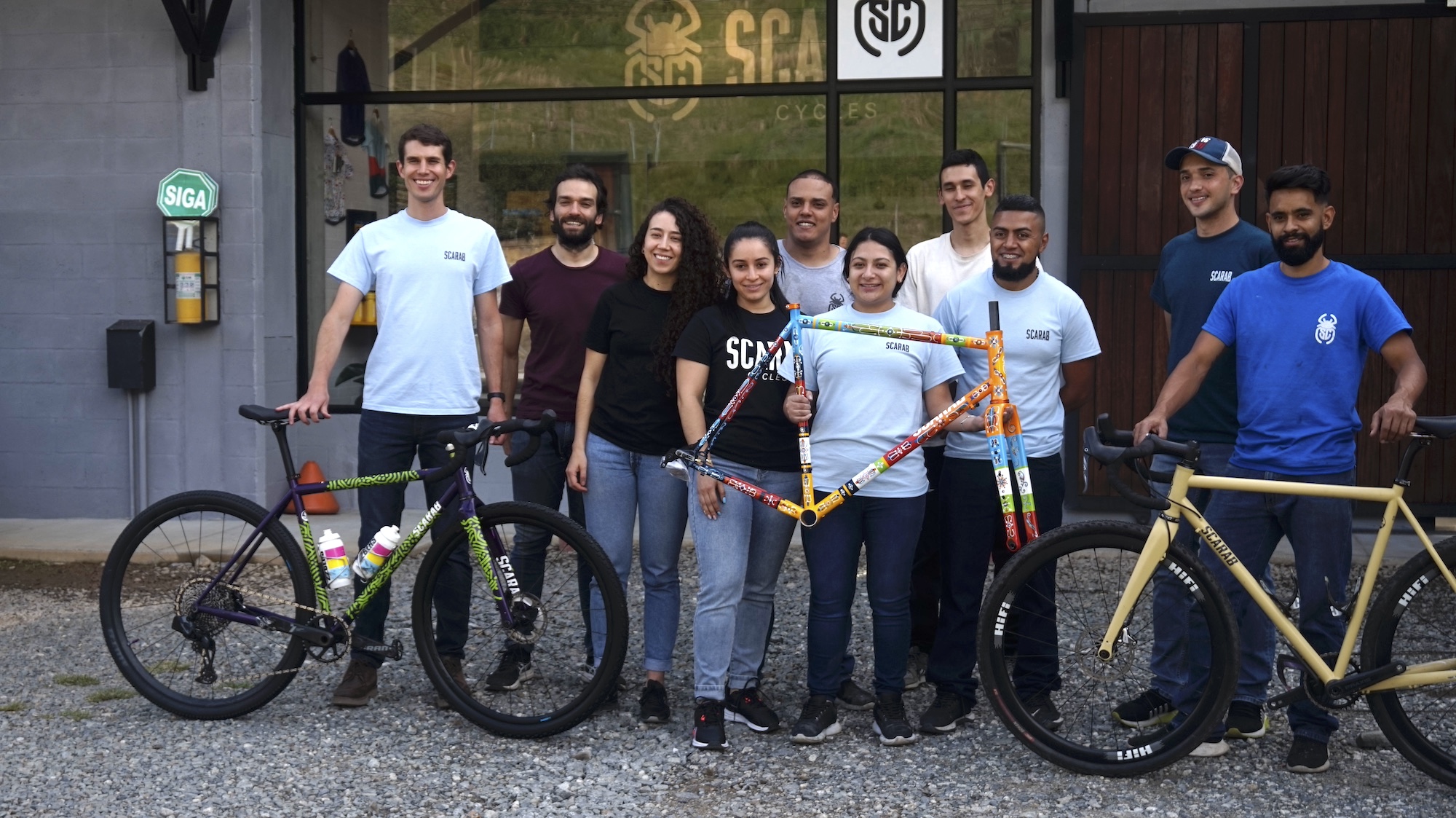
The young but passionate Scarab Cycles team
Scarab Cycles is located in Retiro, Antioquia, a small community about an hour and a half's drive south of Medellín. Toro chose this location not only due to its access to phenomenal riding (and the fact that it's conveniently located next to an excellent brewery) but to support the local economy and job force as well. Rather than hiring experienced welders, painters and craftsmen, Toro went through the time-intensive but rewarding process of recruiting and then training young locals in the craft and art of bicycle manufacturing.
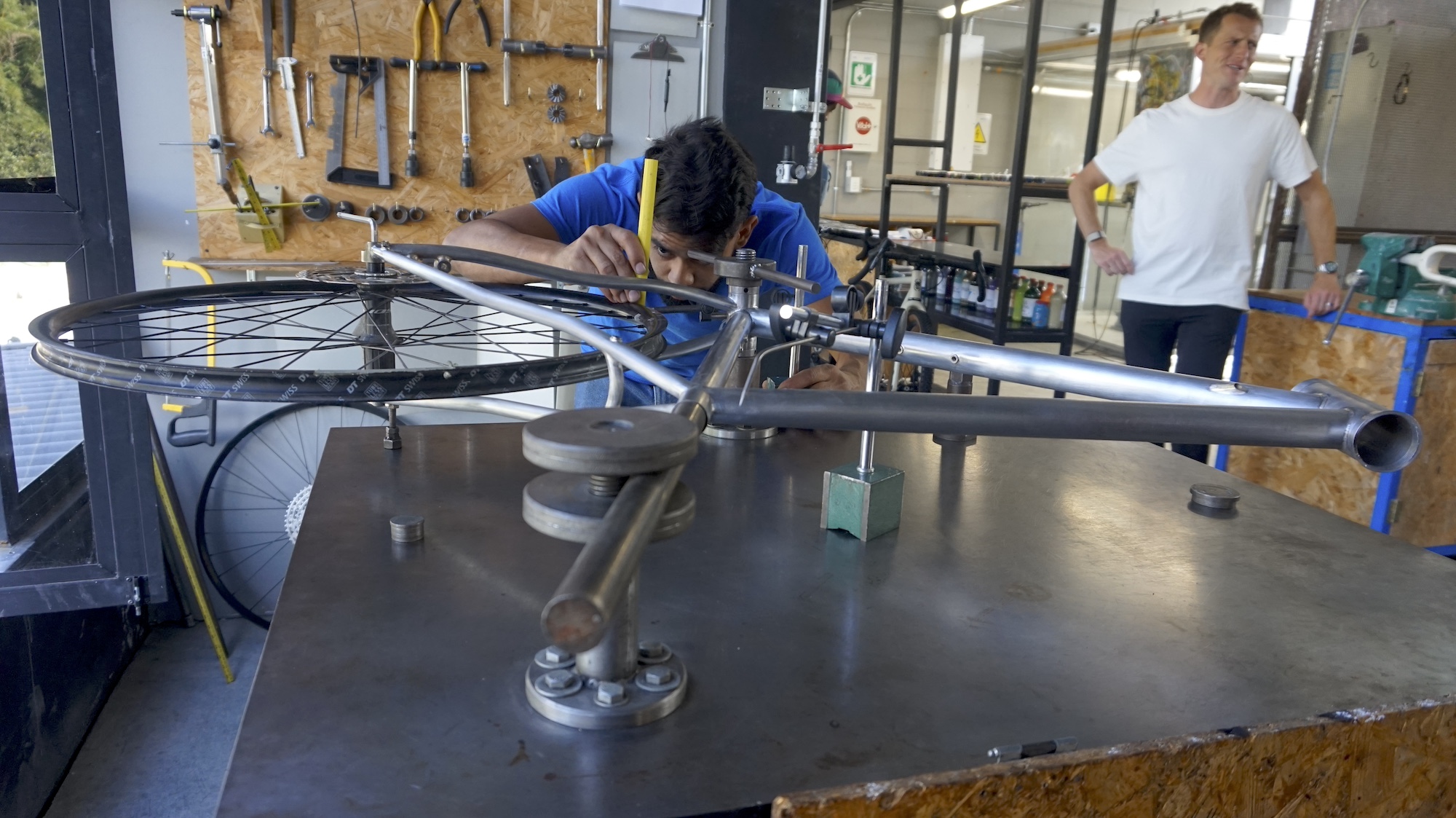
A frame being aligned at Scarab Cycles
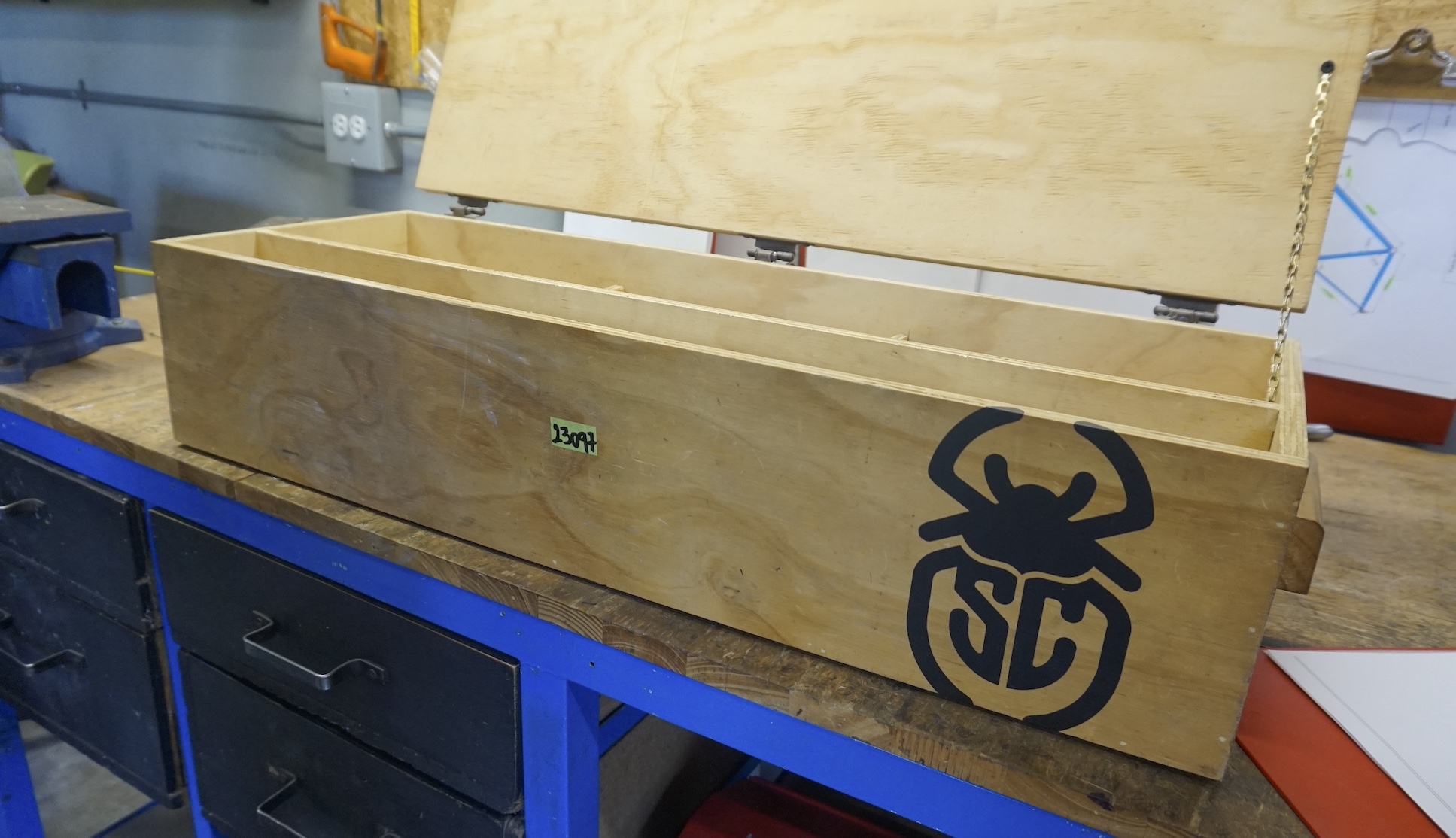
Each Scarab project gets its own box while in production. Each box includes a geometry sheet and the necessary tubing
Why steel? "Because it provides the perfect balance between ride quality, durability and weight," says Toro. "Steel provides a unique feeling of the road. It smoothens out the harshness of the surface while transferring power in a unique way."
For its framesets, Scarab relies on Columbus tubing and pairs it with a Columbus carbon fork.
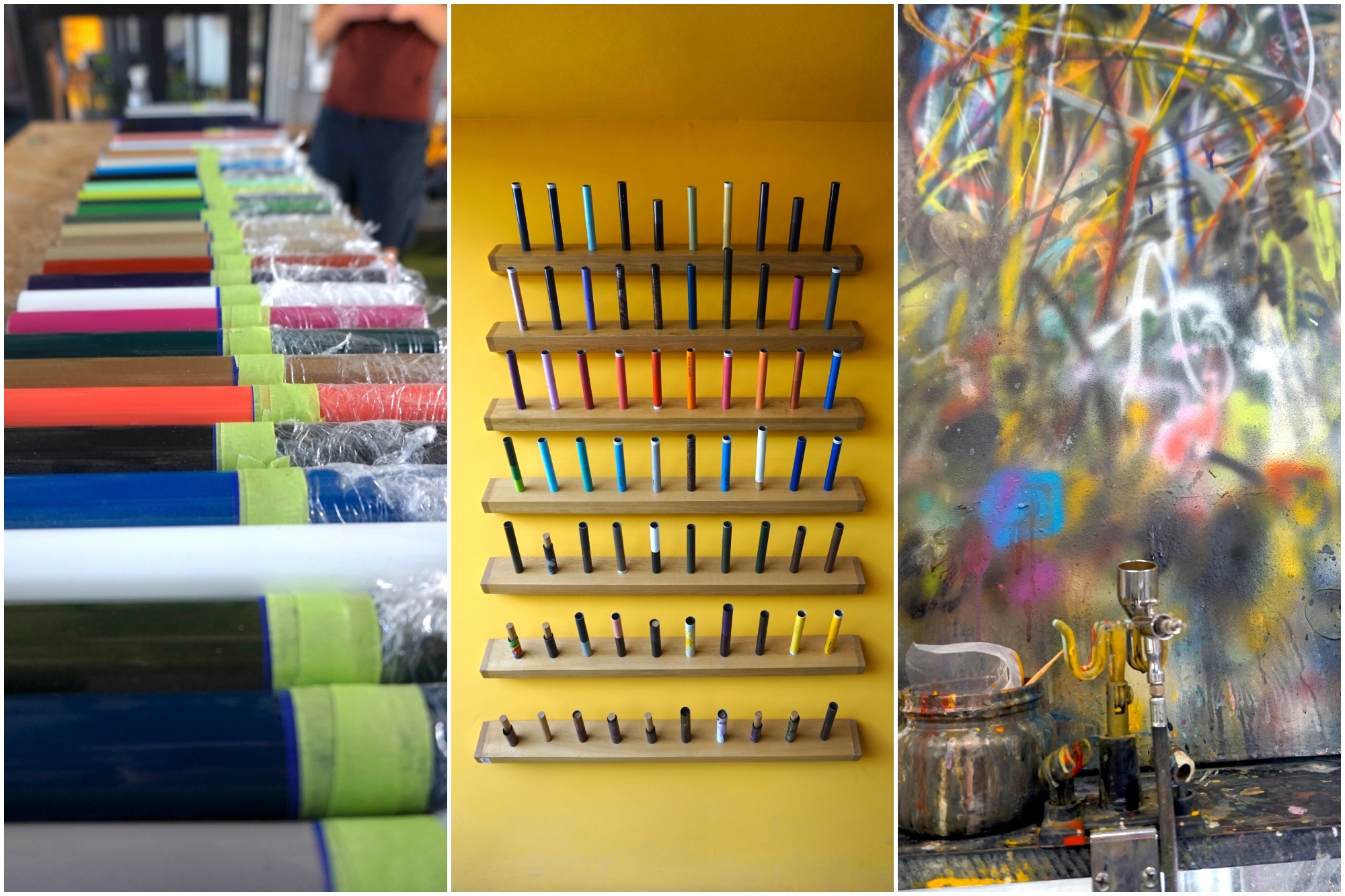
What sets Scarab apart from other handmade steel bike brands is their phenomenal in-house paint jobs. It's the reason Scarab has become such a favorite at handmade bike shows and builder spotlights. Led by designer Alejandro Bustamante, no two Scarab framesets are the same. Each Scarab is designed and painted –be it dipped, air-brushed, painstakingly hand-painted or even stenciled– one at a time.
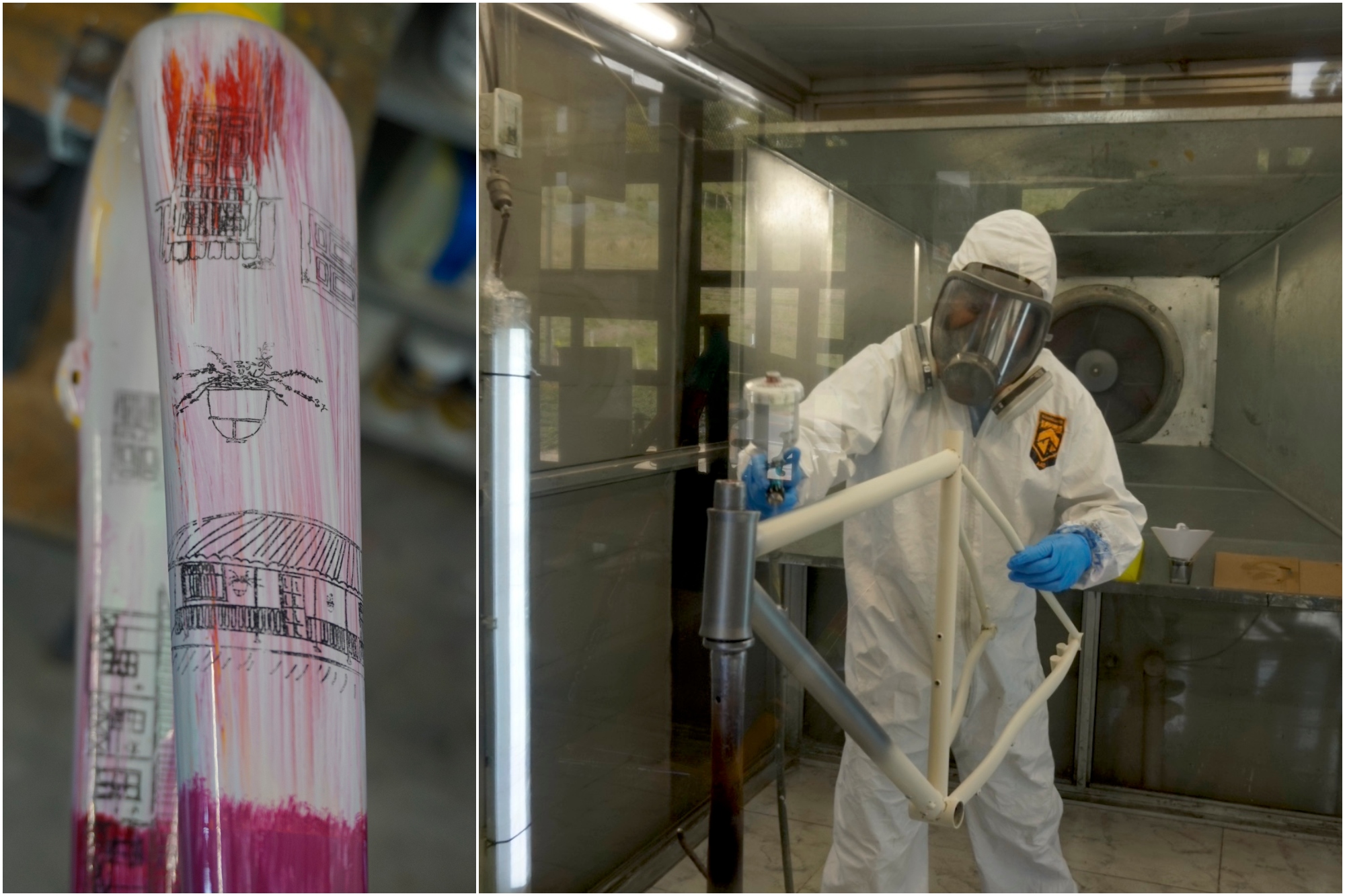
Scarab Cycles is known for its incredible paint jobs
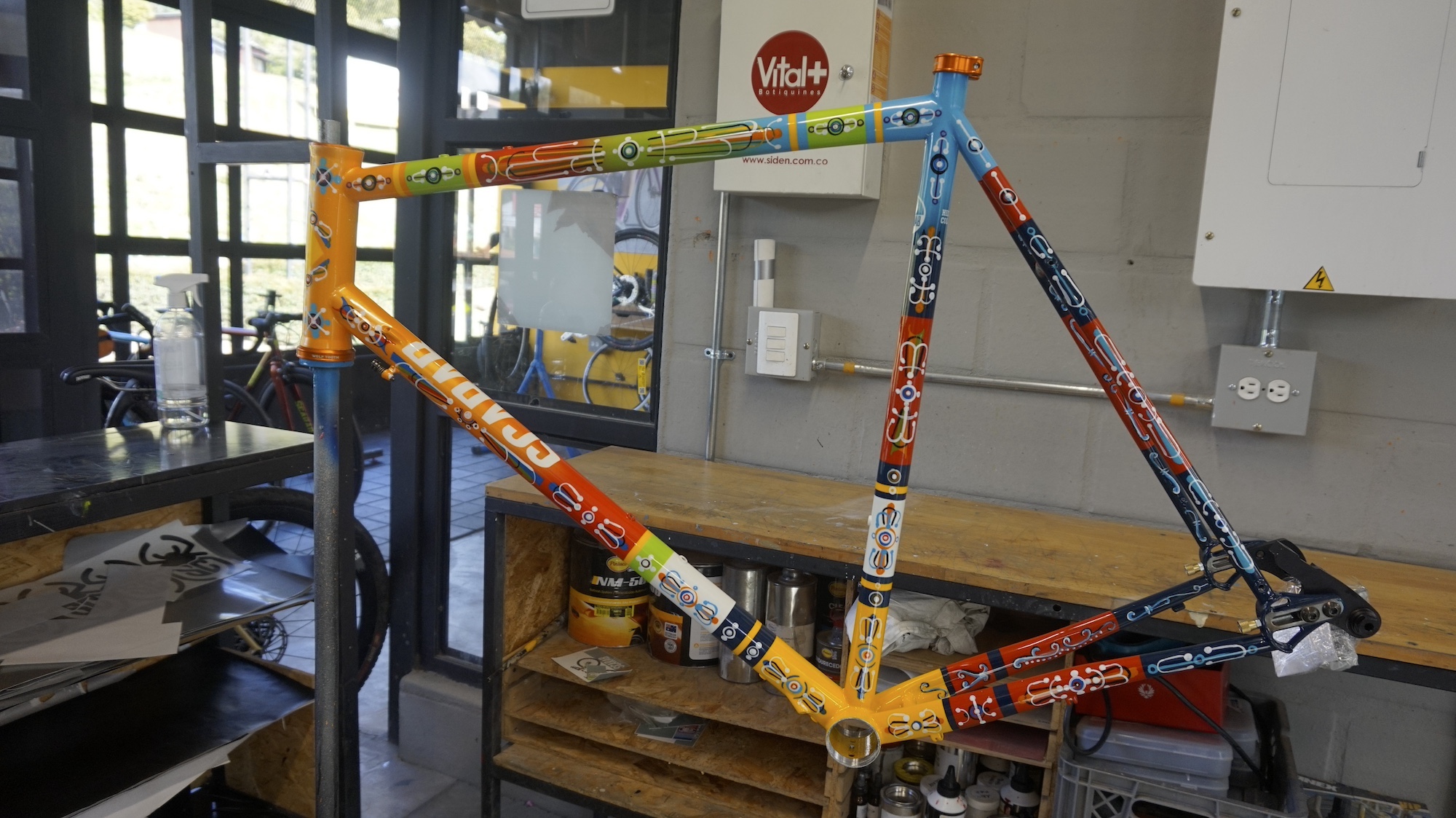
A Chiva design after the famous regional busses that serve the most remote areas of the country
From the colorful Chiva bus-inspired designs to this year's beetle-covered anniversary bike, Scarab is known to partner with local artists to turn each frame into a genuine work of art – almost too precious to set free on the region's ribbons of roads and chunky agrarian paths.
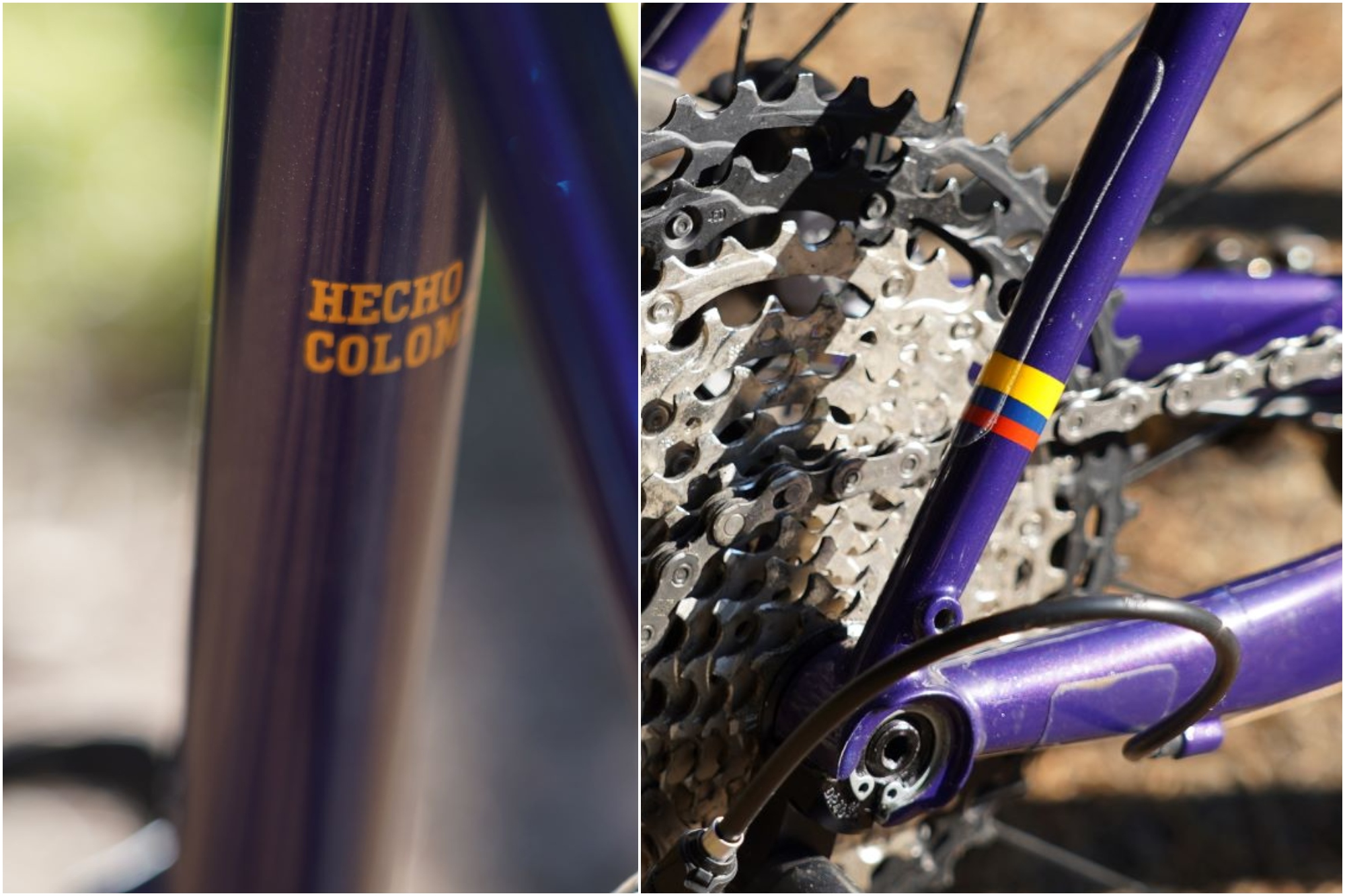
Proudly Colombian
More than a bike company, Toro sees Scarab as ambassadors of all the good things Colombia has to offer: color, craftsmanship, passion and incredible riding. As such, most Scarab framesets sport a small ribbon of yellow, blue and red on the seatstays.
"A Scarab bicycle is a little piece of Colombia that you can bring home," says Toro. "And an invitation to visit and explore our country. Colombia es tu casa! (Colombia is your home)."
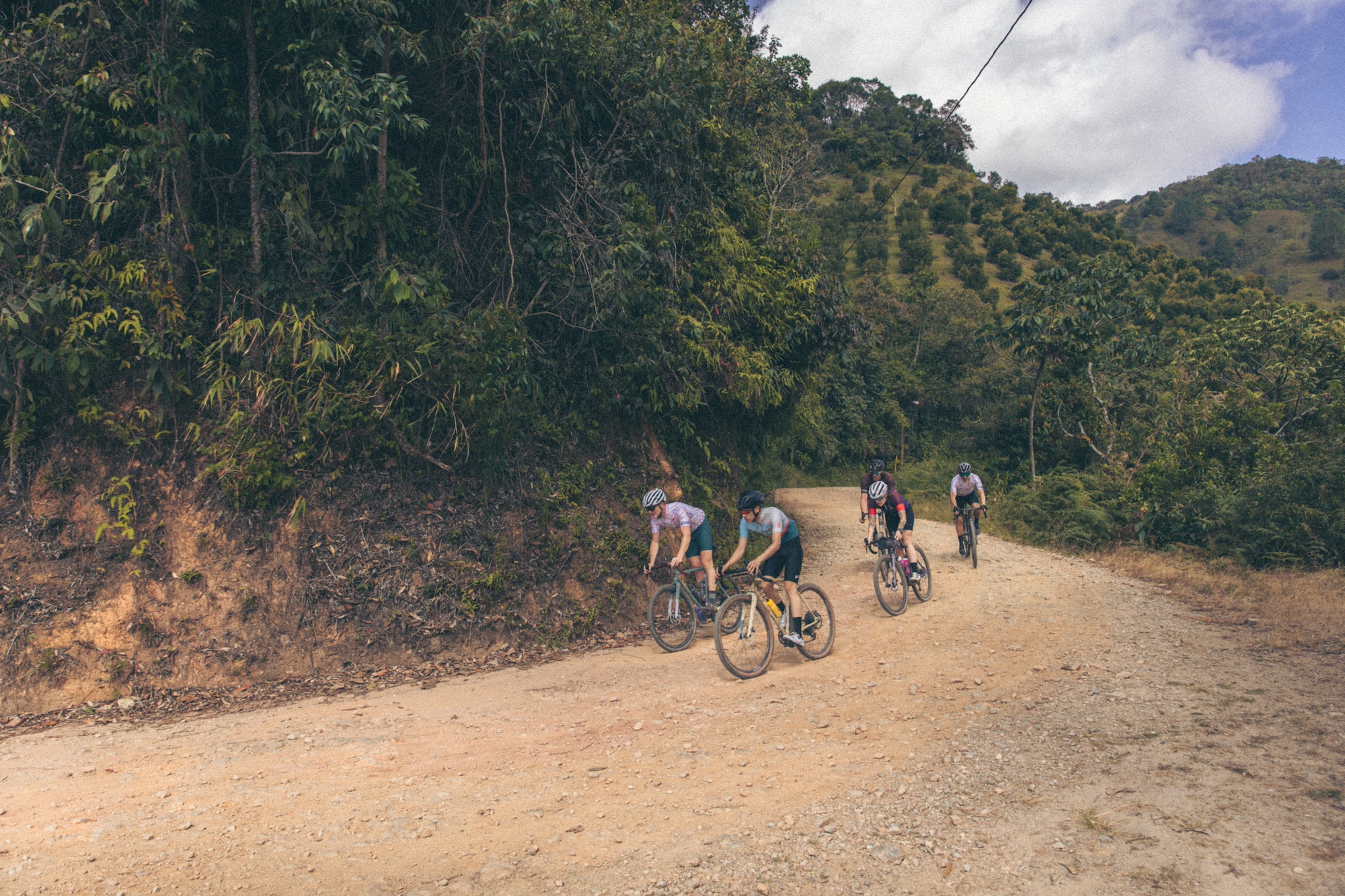
Scarab bikes in action on El Retiro gravel
While Scarab frames are made-to-measure and feature stunning custom paint jobs, it was important to Toro to make something for the everyday, avid cyclist. Something that's "fully custom yet attainable." A Scarab frameset starts at $3400 USD.
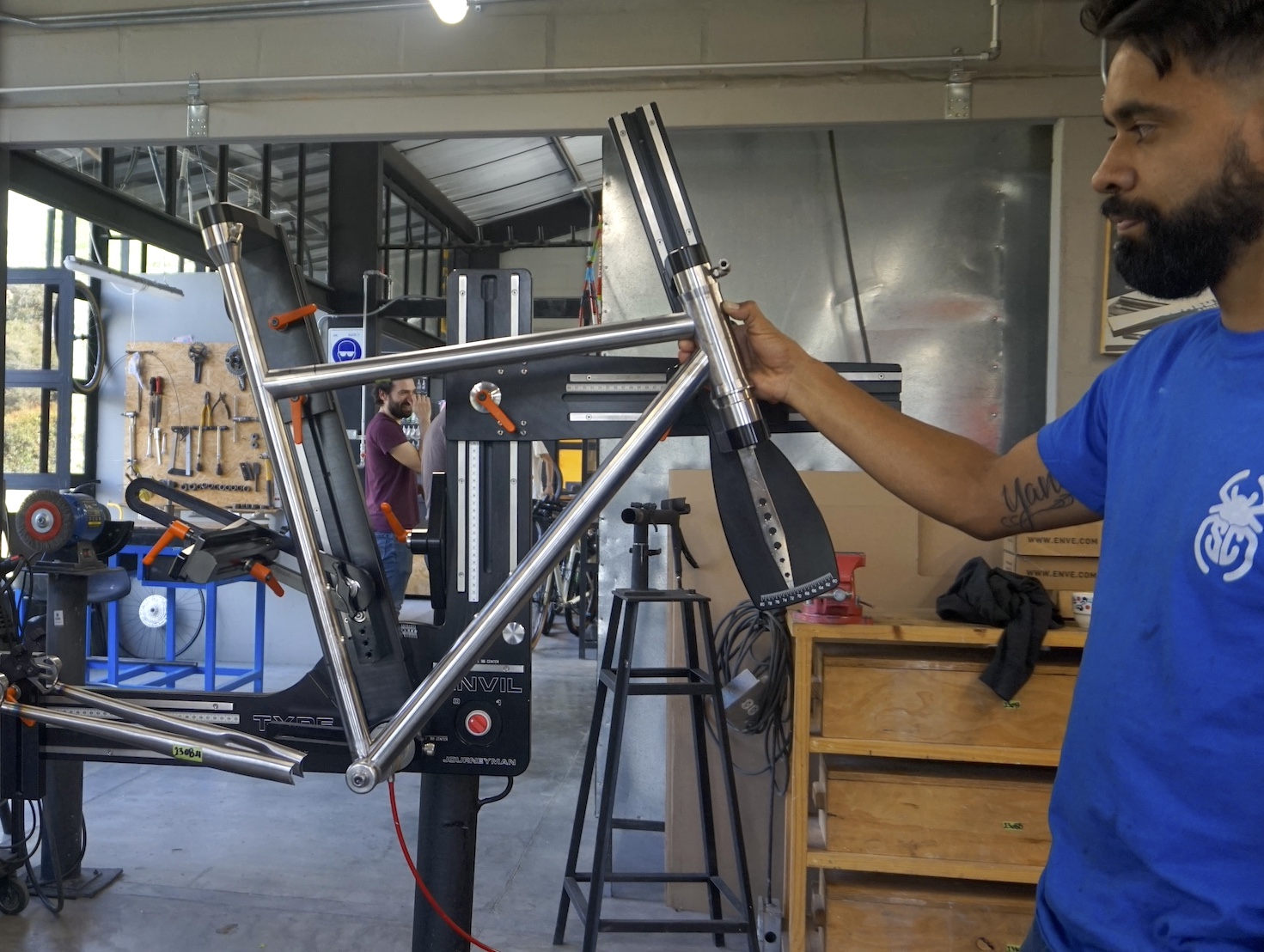
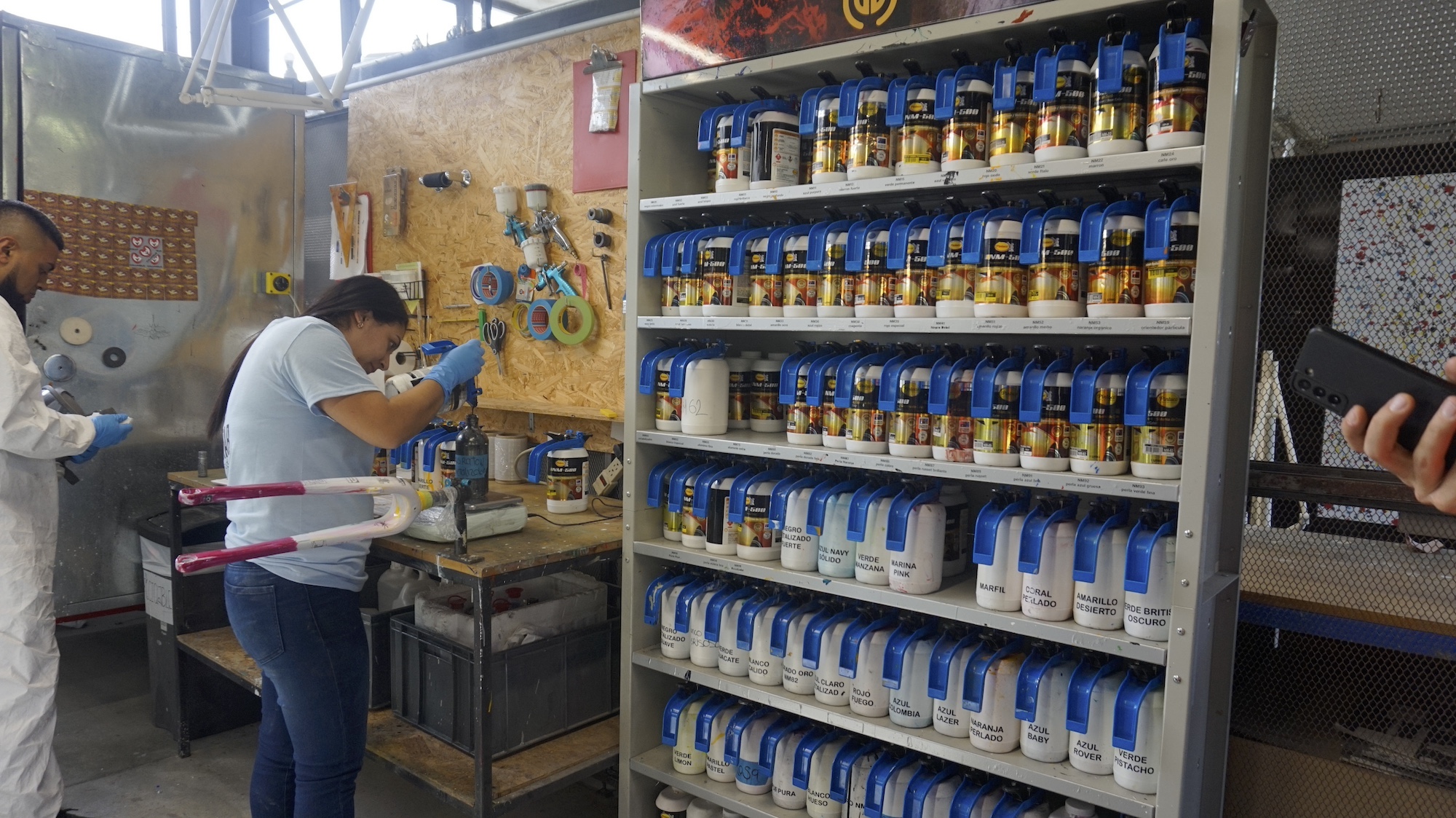
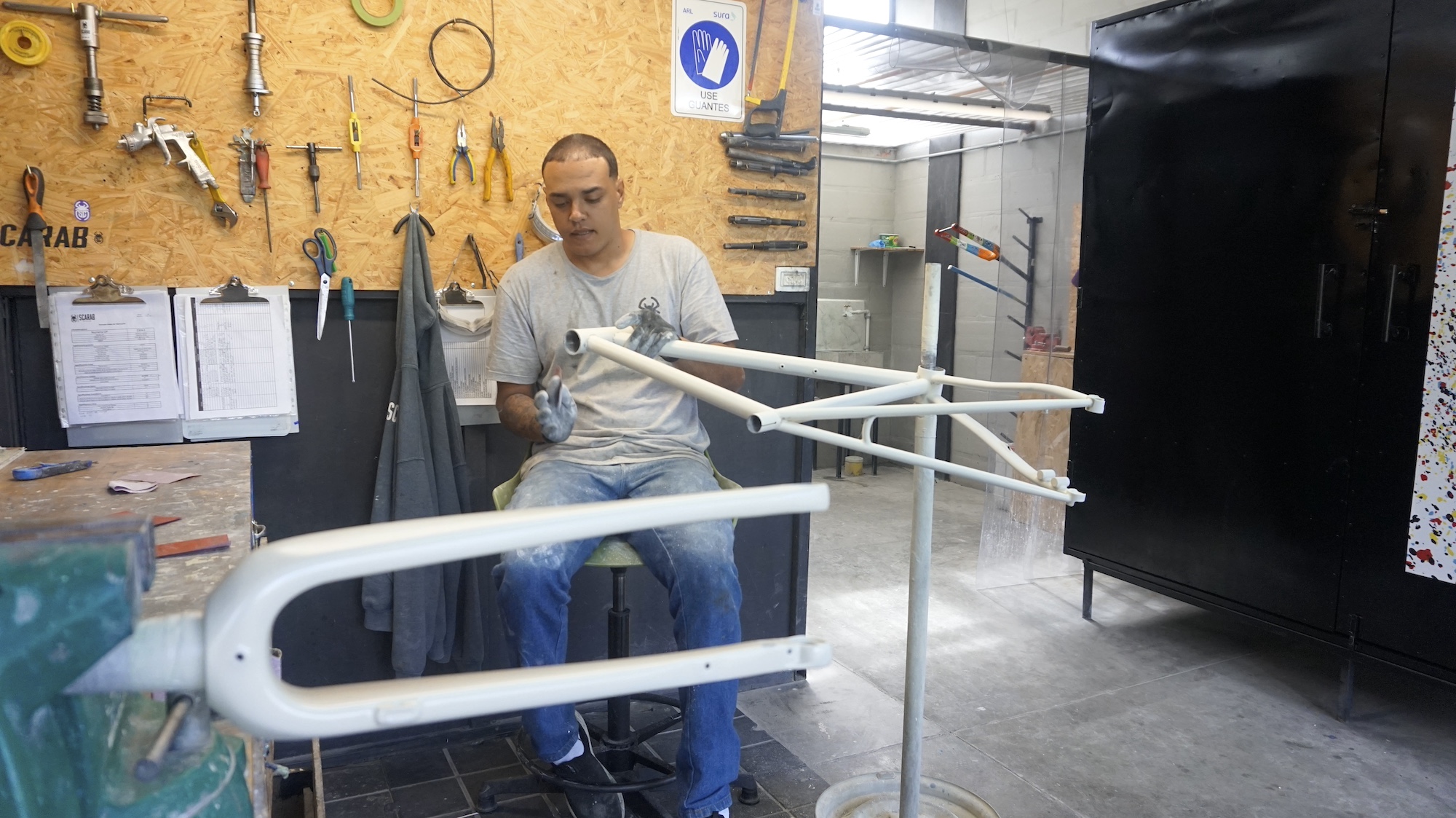
Safetti - Colombian made cycling apparel
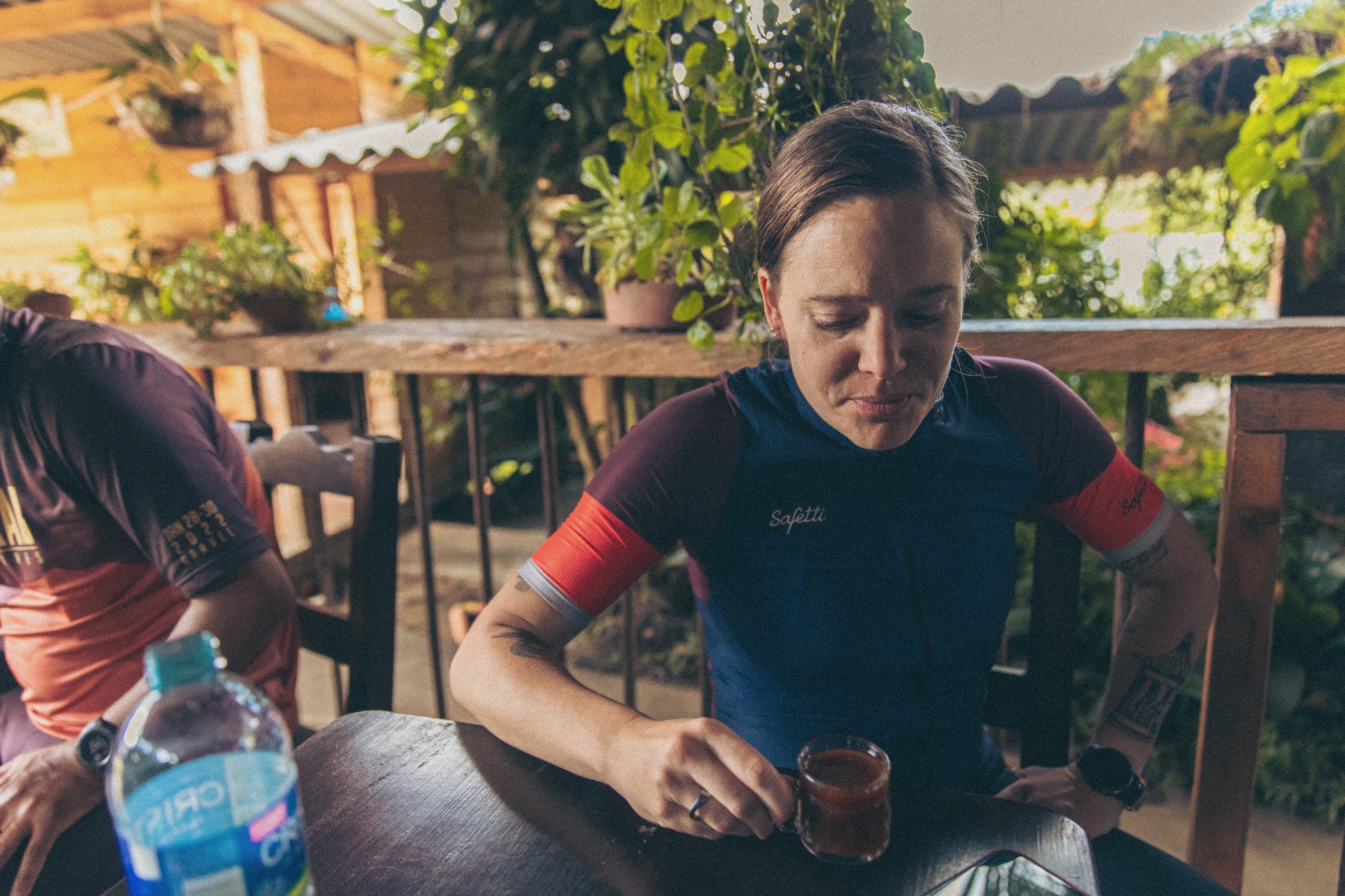
Anne-Marije Rook sporting a Safetti gravel jersey while enjoying a Colombian coffee
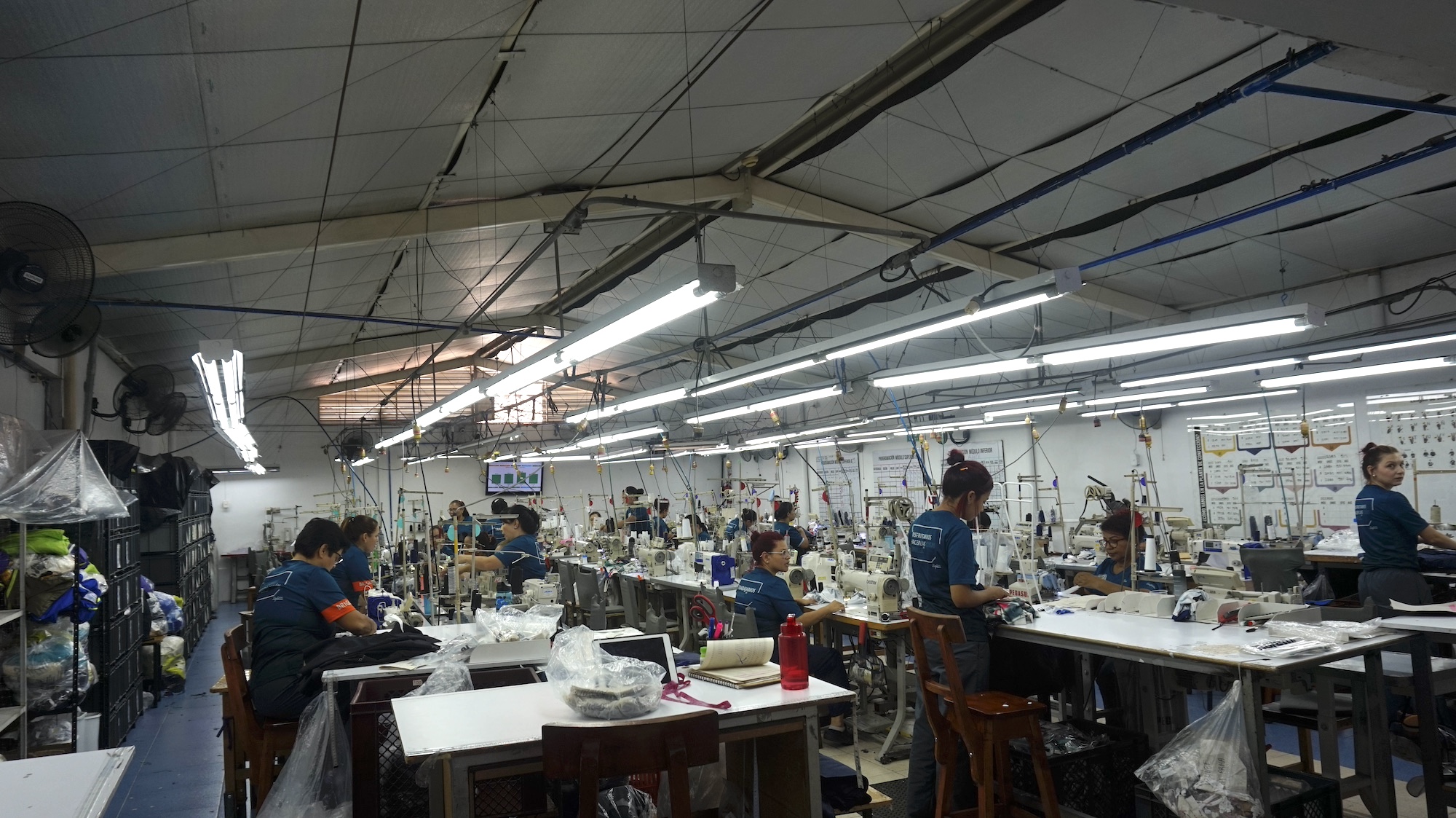
A glance into daily operations at the Safetti factory
Switching from steel to spandex, we made a visit to apparel company Safetti in the heart of bustling Medellín. Located a mere 5 kilometres from the Hincapie Sportswear factory, Safetti makes high-performance apparel for cyclists, triathletes and runners, and is the apparel maker for many local amateur and elite teams.
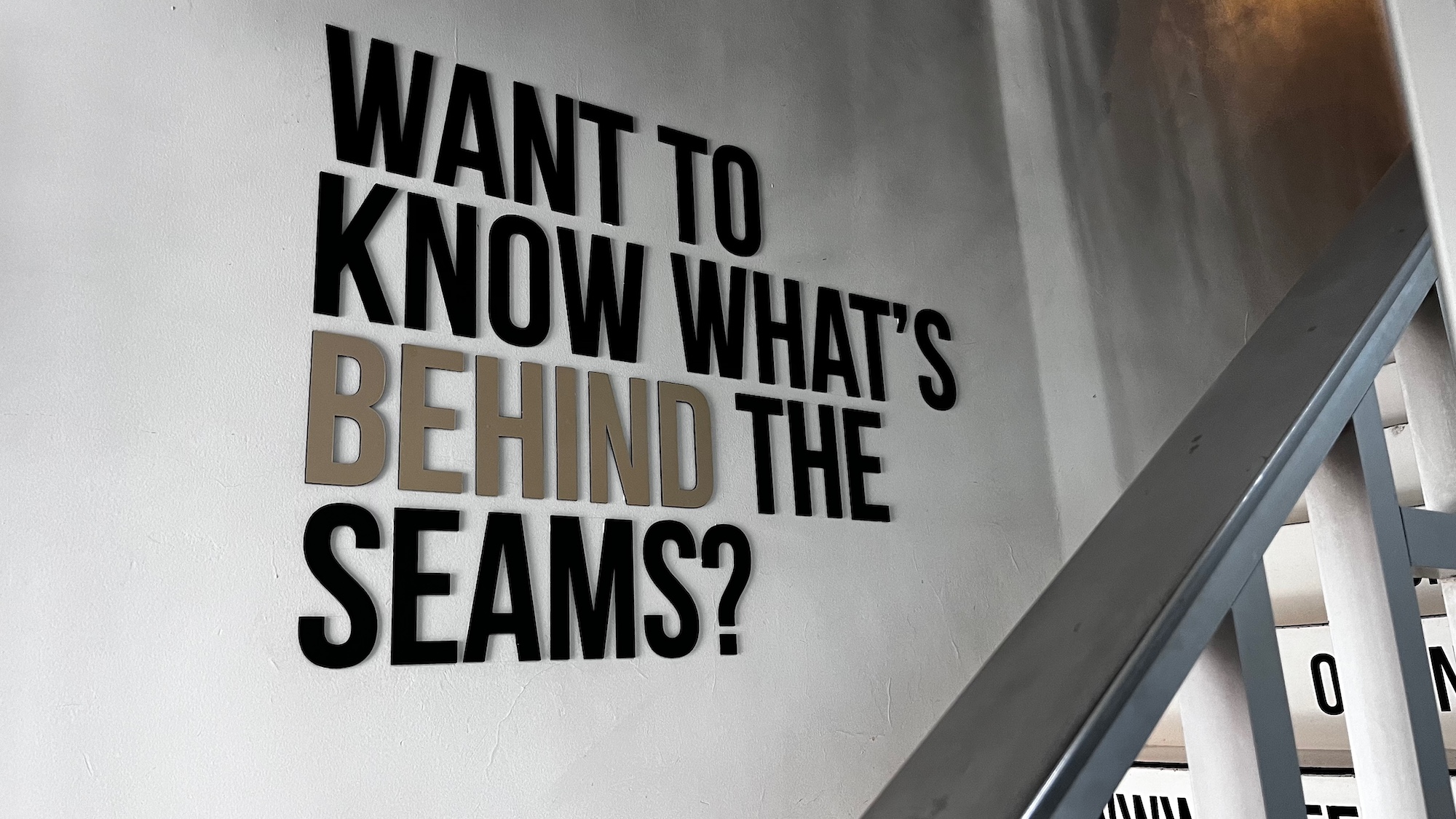
Founded in 2005 with origins in triathlon, Safetti, has gained recognition in South America for its high quality materials and advanced technologies that, in this author's opinion, rival that of bigger brand names. Safetti is proudly Colombian and well-respected for its environmentally conscious processes and, like Scarab, its contributions to the local community. Safetti employs 135 local workers and sponsors local sporting teams and events.
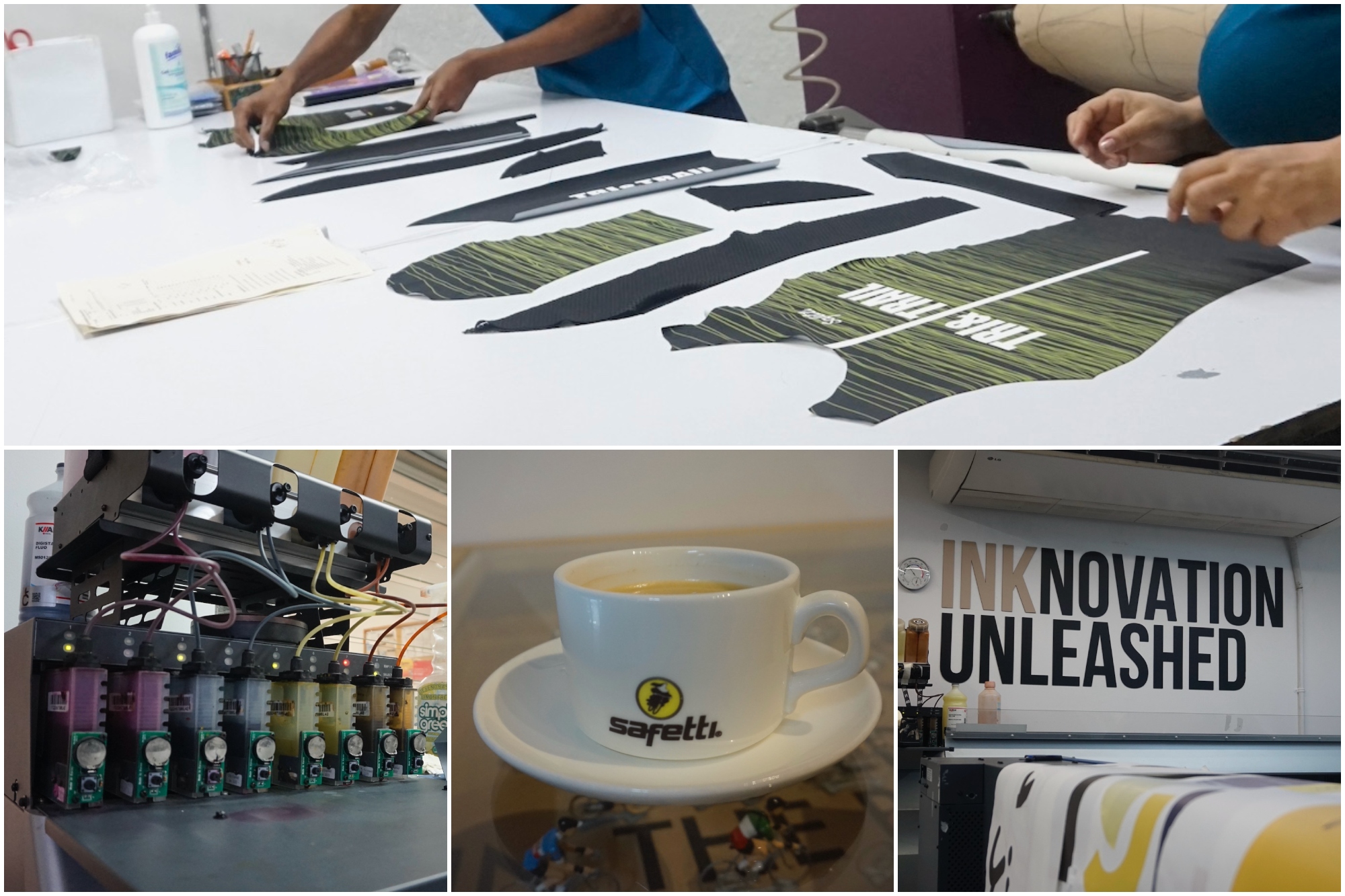
The company was founded by Adriana Mejia and Federico Vélez, perhaps the biggest cycling collector we've ever met. Safetti is equal parts apparel factory and bicycle museum. Dozens upon dozens of vintage bicycles and collector's items can be found throughout the brand's two buildings as well as Casa Safetti, which is a rentable vacation home for cycling enthusiasts in El Retiro.
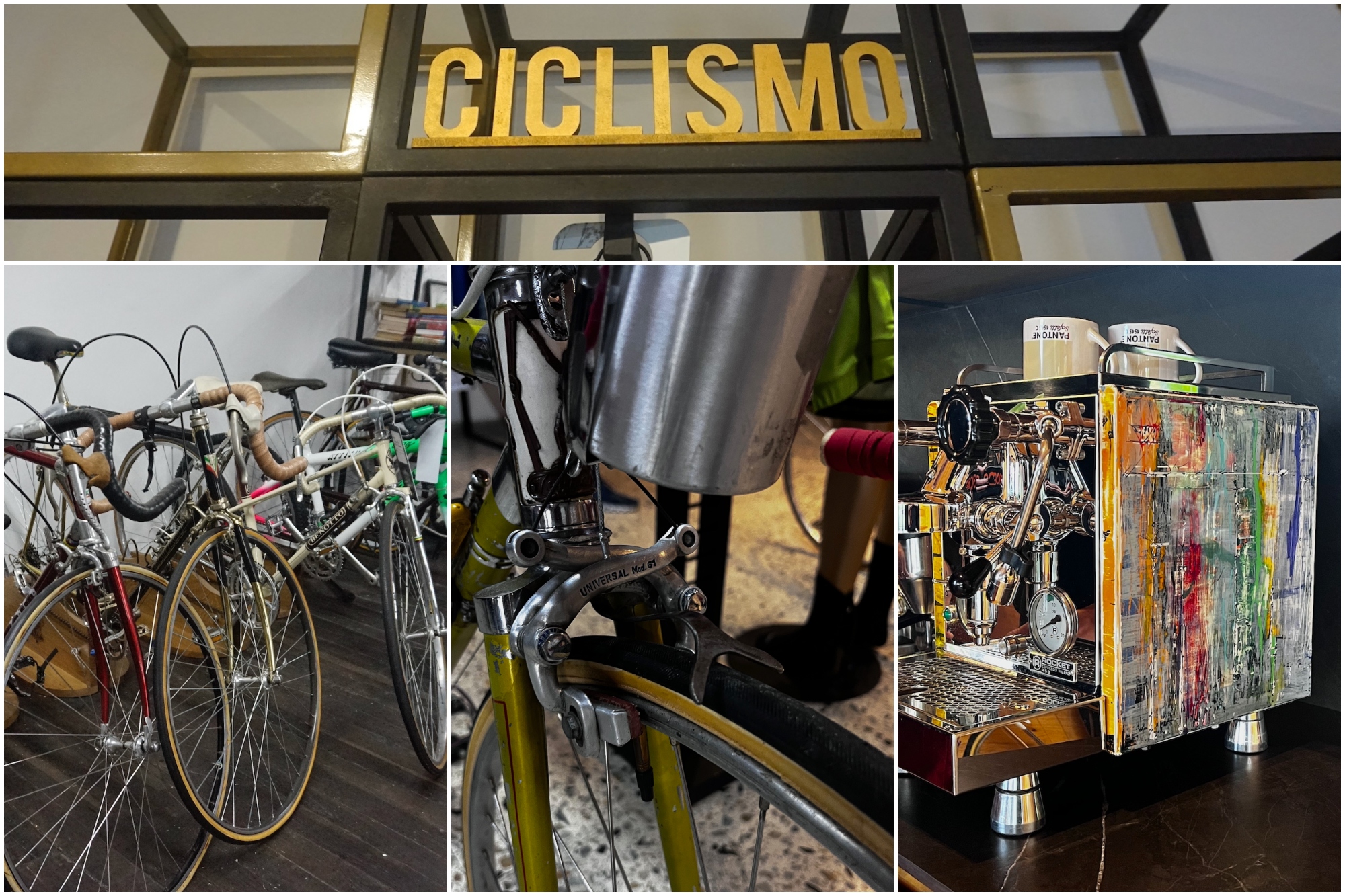
Safetti's 135 employees produce some 150,000 pieces of clothing annually, which are used by amateur and professional athletes alike.
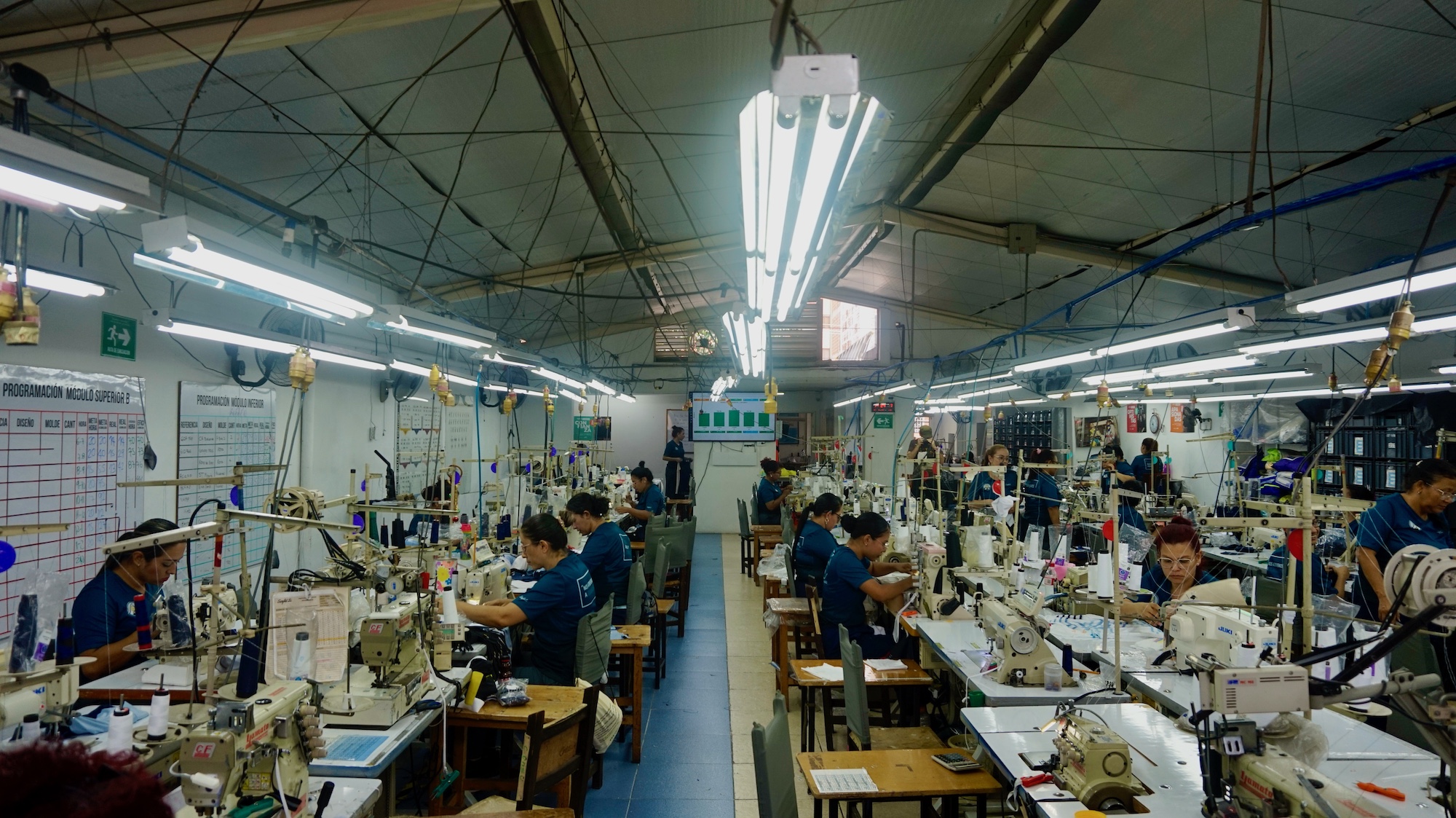
For those in the US, Safetti has a direct-to-consumer website.
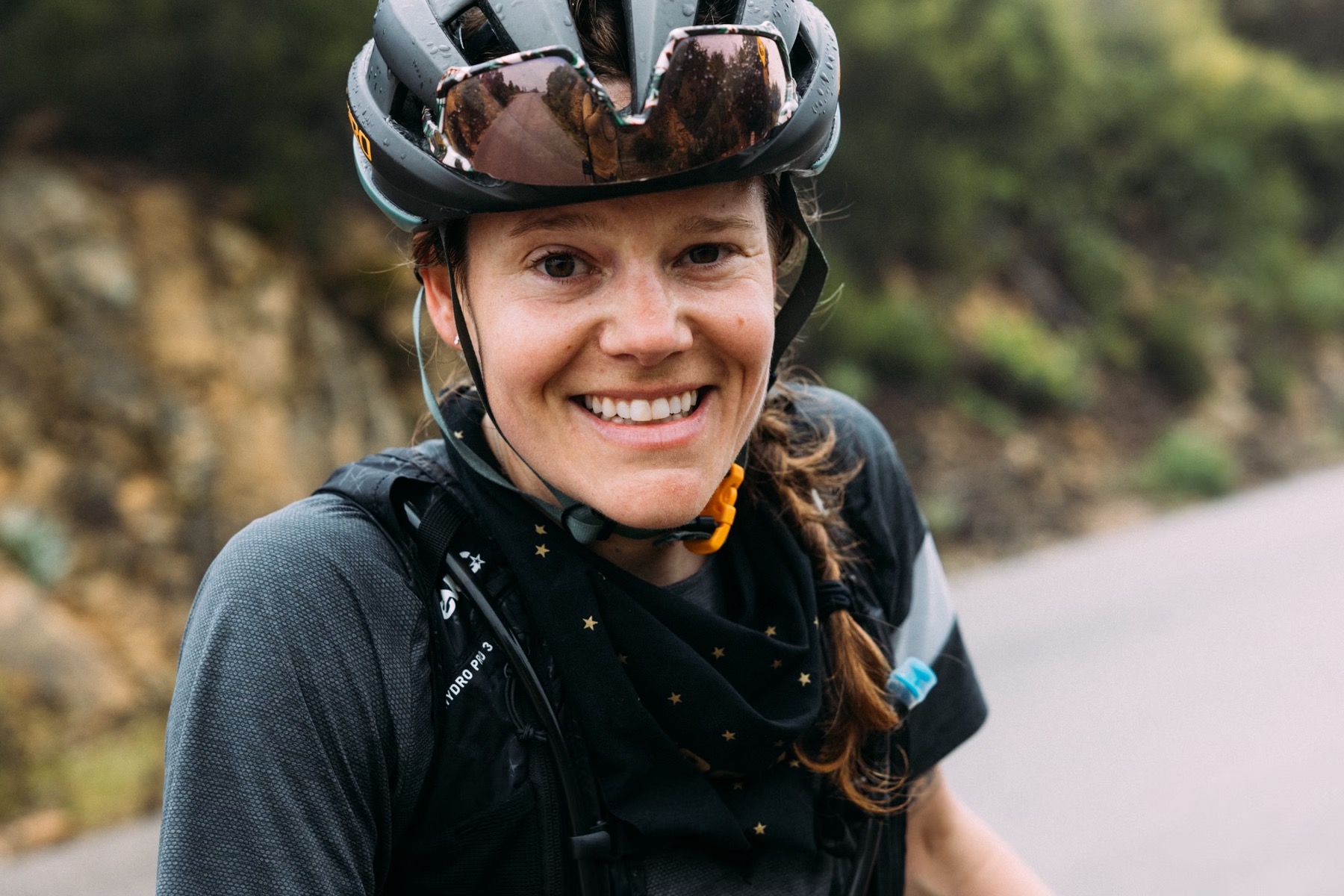
Cycling Weekly's North American Editor, Anne-Marije Rook is old school. She holds a degree in journalism and started out as a newspaper reporter — in print! She can even be seen bringing a pen and notepad to the press conference.
Originally from the Netherlands, she grew up a bike commuter and didn't find bike racing until her early twenties when living in Seattle, Washington. Strengthened by the many miles spent darting around Seattle's hilly streets on a steel single speed, Rook's progression in the sport was a quick one. As she competed at the elite level, her journalism career followed, and soon, she became a full-time cycling journalist. She's now been a journalist for two decades, including 12 years in cycling.